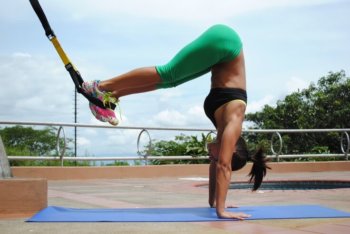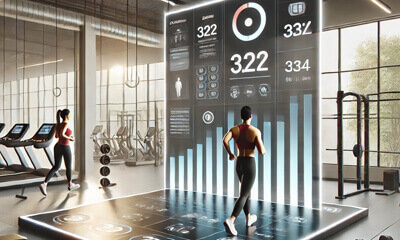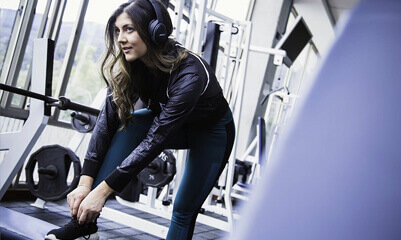If you enter any commercial gym, you will see many people wearing belts as they perform all kinds of exercises – squats, bench presses, deadlifts, and many more. Naturally, as a beginner, you assume that these kinds of accessories come at a later stage of your fitness journey, as you learn proper form and start adding weight. But still, you might be wondering what the benefits of wearing a belt are and if it’s really worth investing in.
In this article, we’re going to take a deep dive into the key benefits of wearing a weightlifting belt, as well as what exercises it should be used for and what it shouldn’t be used for. So, if that sounds like your kind of topic, let’s dive in.
The Main Benefits of Weightlifting Belts
A lot of people think that the main benefit of weightlifting belts is to support your torso so that your core muscles don’t have to do the work. However, that’s simply not true. In reality, the main job of a lifting belt is to help you engage your abs and lower-back muscles more, and so that’s what makes it a staple for almost all heavy compound lifts.
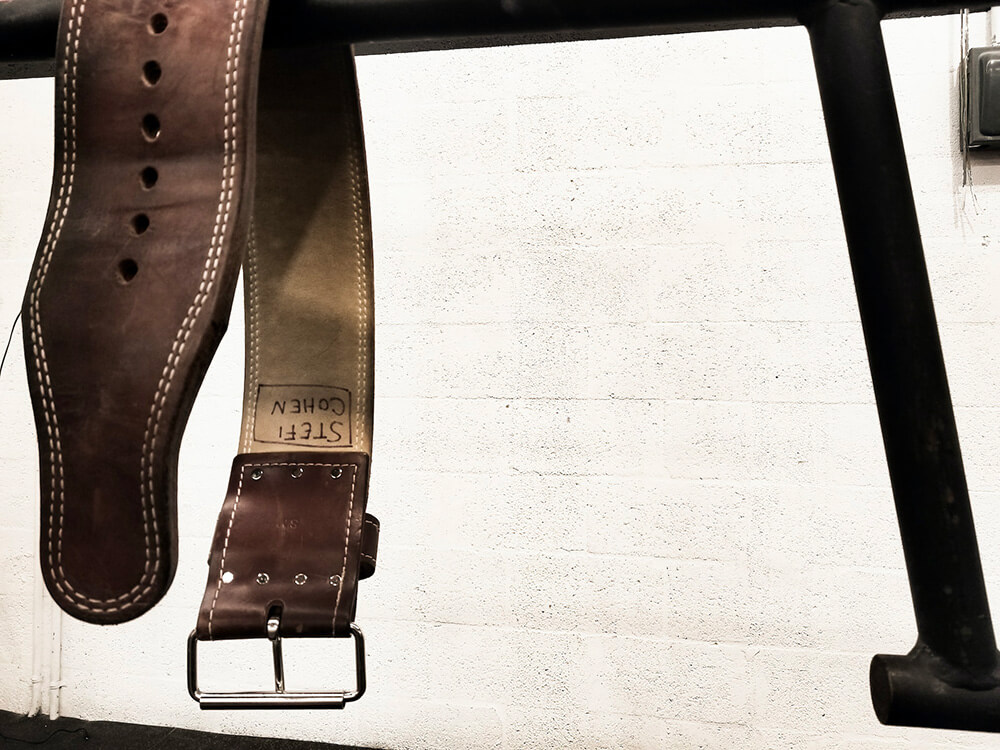
Photo by George Pagan III on Unsplash
So, if you’re wondering whether a weight belt for bench press is a good move – the short answer is yes. But beyond the simple explanation, let’s take a look at the three main benefits of belt-wearing in the gym so that you can decide whether it’s a good fit for you and your training style.
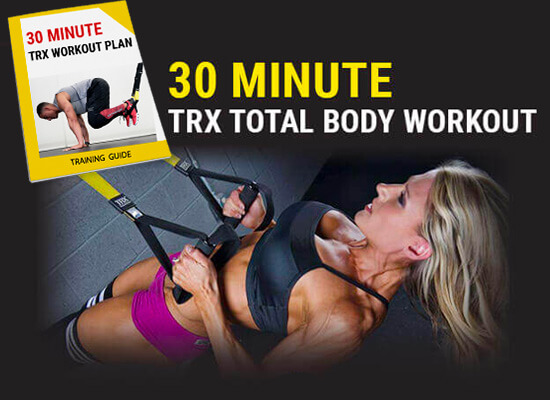
TRX Workouts – How To Strengthen The Whole Body in 30 Minutes
Is it possible to work all the muscles in your body in 30 minutes? Try a training plan, which will help you strengthen your whole body. And moreover, you will enjoy it.
Stabilizes the Spine and Reduces Stress
Studies show that wearing a belt while performing heavy lifting exercises increases intra-abdominal pressure by up to 40 percent.
You can think of this process as similar to inflating a balloon inside your abdominal cavity – the pressure from the inside pushes on the spine to support it, while the lower back and core muscles push on the spine from the outside. This double-sided pressure helps stabilize the spine and minimizes the stress we cause to it while lifting heavy.
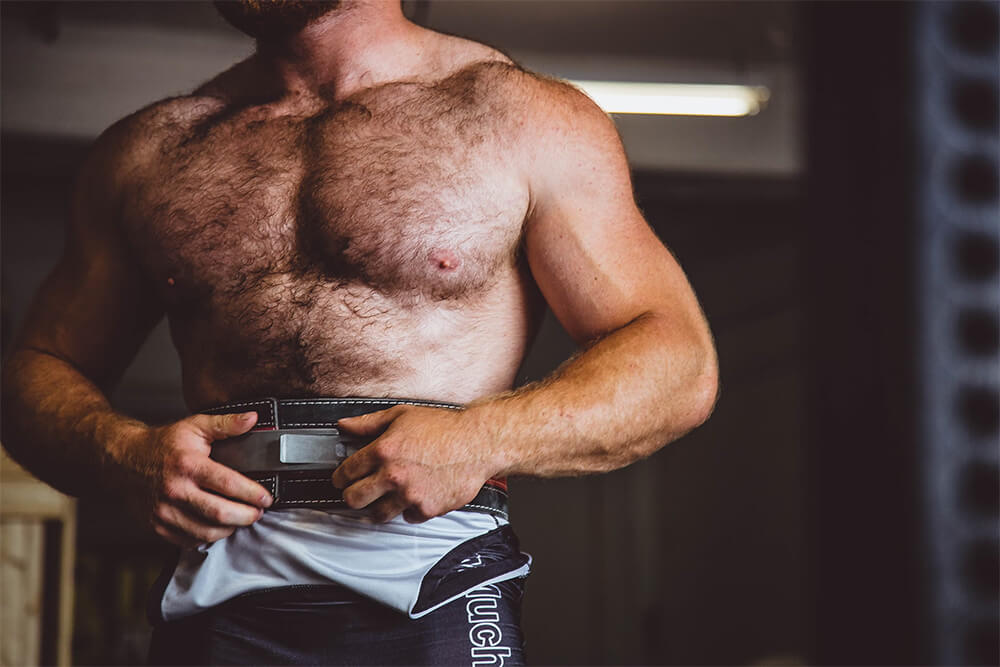
Photo by Alora Griffiths on Unsplash
Improves Body Biomechanics
According to some research, when you pick up boxes from the ground while wearing a belt, the amount of spinal flexion (bending forward at the spine) and spinal extension (bending back of the spine) is reduced. At the same time, the flexion of the hips and the knees increases.
Essentially, that means that the belt is forcing you to use your legs more than your back, which is precisely what you want to happen when you’re trying to pick up something heavy from the ground. This is the kind of biomechanical position you want to have when doing all the exercises that basically have you lifting something from the ground – deadlifts, cleans, snatches, etc.
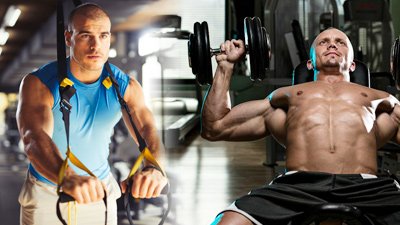
TRX vs. Weight training: The Full Comparison
Can TRX replace weight training? Is TRX effective for building muscle? To diffuse the confusion, I have put together an extensive TRX vs dumbbells guide.
Improves Lifting Performance
According to some research, wearing a lifting belt may actually make you stronger in the long run. The reason for that is mostly psychological, as a lot of people feel more secure lifting bigger weights when they’re wearing a supportive belt as opposed to when they’re not.
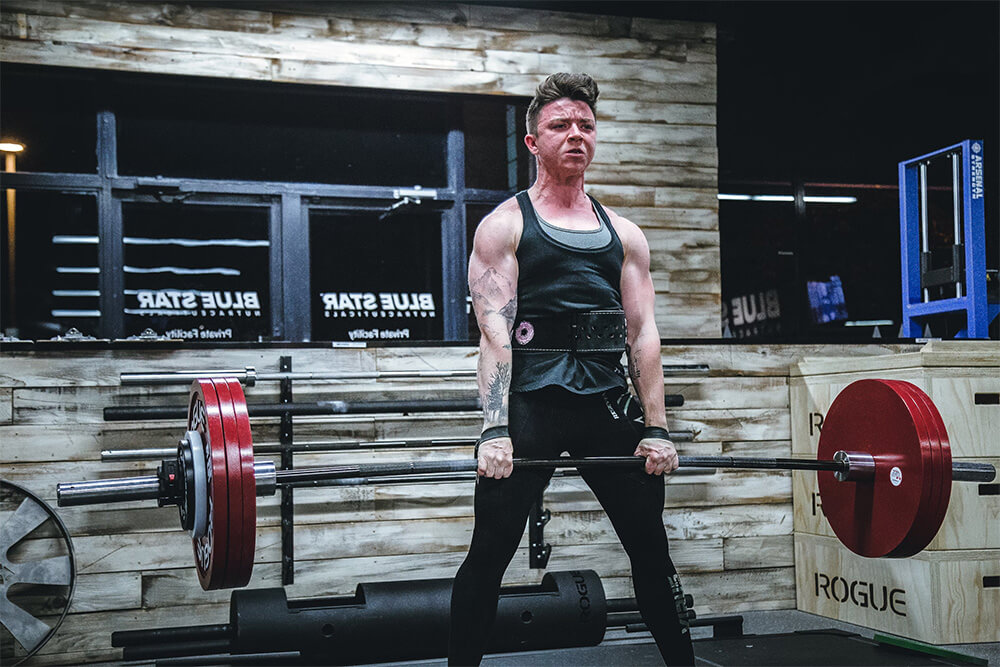
Photo by Alora Griffiths on Unsplash
That applies not only to deadlifts and squats but also to exercises such as the push press and the bench press, which many typically perform without a belt. Additionally, the fact that the belt forces you to engage your core makes lifters much more focused on the movement they’re doing, and this increased attention can also contribute to more sets and reps over time, which will only make you stronger.
Finally, because it forces you to use your legs more when performing all major lifts, the belt also makes sure that you’re performing them with better technique as it forces you to stay upright and not bend the spine – something that a lot of people struggle with, especially when it comes to the deadlift.
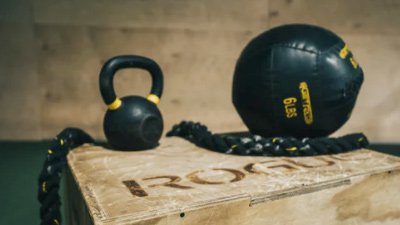
How To Get Started With Your Weight Training
When it comes to weight training, you don’t need to be a fitness buff. You can simply use free weights, resistance bands, body weights, and other home fitness equipment to help reach your goals.
In Conclusion
Unlike many gym accessories that are worn just to showcase you belong to the group of “fitness rats’, the belt does come with a ton of benefits, and at some point, it becomes a staple in your gym bag.
This specifically applies to those of you who want to lift heavy and are dedicated to increasing your strength over time – not only will the belt protect your spine and ensure you don’t easily injure your back, but it will also give you a confidence boost – a factor that’s often underestimated but is still crucial, especially for those one-rep maxes.
Hopefully, this article helped you decide on whether you should get a belt or not, and if you already use one frequently, we’d love to hear what benefits you personally experienced with it in the comment section below.





